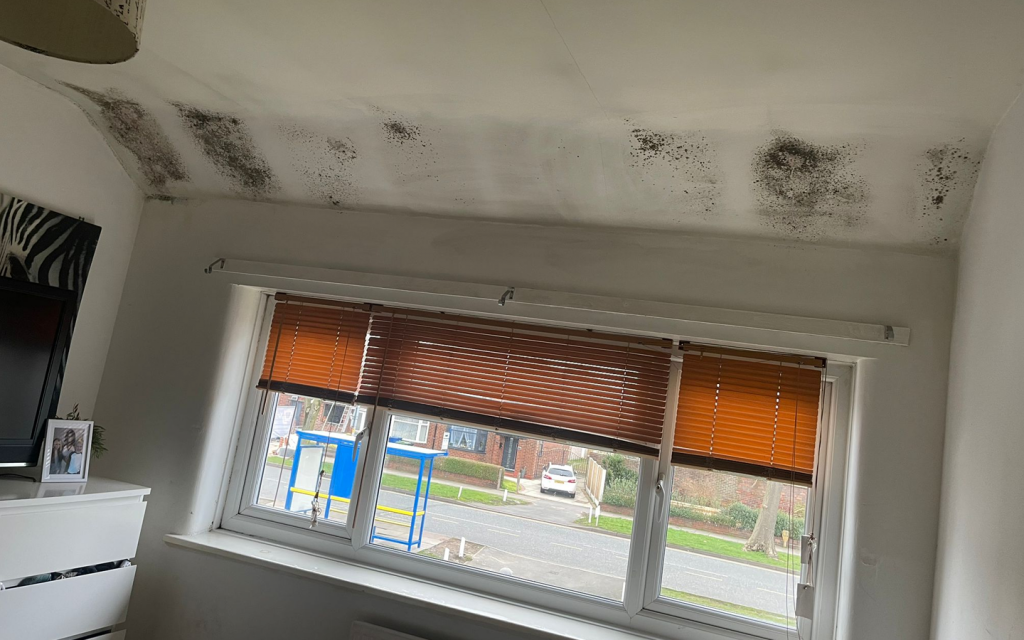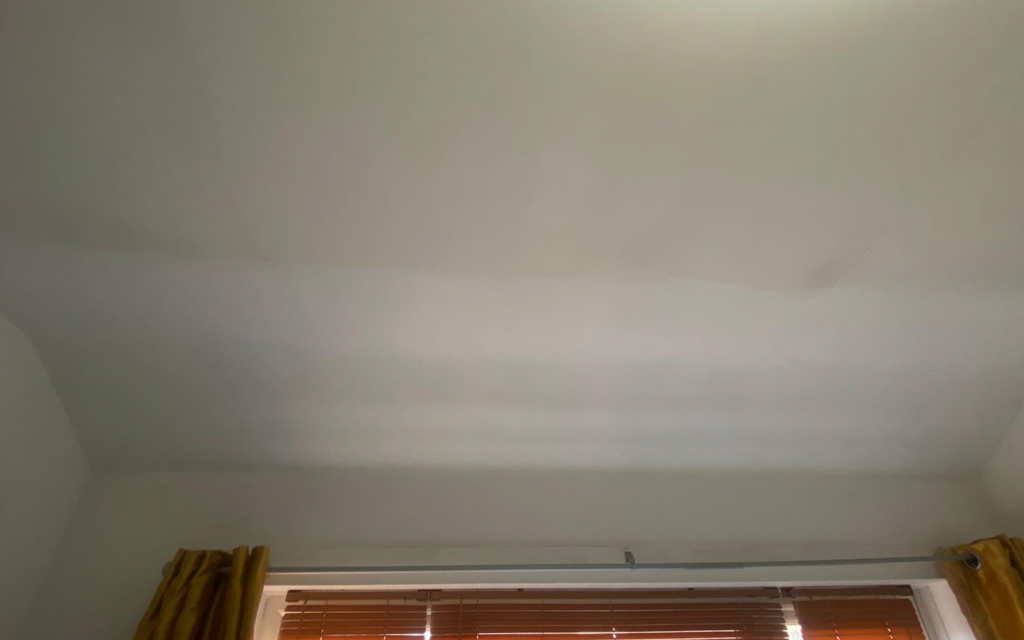Dampness and mould can be a major problem for homeowners, leading to serious health hazards and damaging effects on the structure of a building.

It’s important to be aware of the different types of damp, so that you can identify and treat the problem quickly and effectively. Here are three common types of damp you should look out for:
Rising Damp: This type of damp occurs when water is drawn up from the ground into the lower levels of a building, causing the walls to become damp and unsightly. This can lead to the growth of mould, as well as damage to plaster and wallpaper.
Penetrating Damp: This type of damp is caused by water penetrating a building from the outside, typically through damaged roof tiles or walls. This can result in damp patches on walls, as well as damage to insulation, timbers, and other building materials.
Condensation Damp: This is a common form of damp that occurs when moist air from cooking, washing, or breathing comes into contact with cold surfaces, such as windows or walls. This can lead to the formation of mould and the development of a musty odour.

